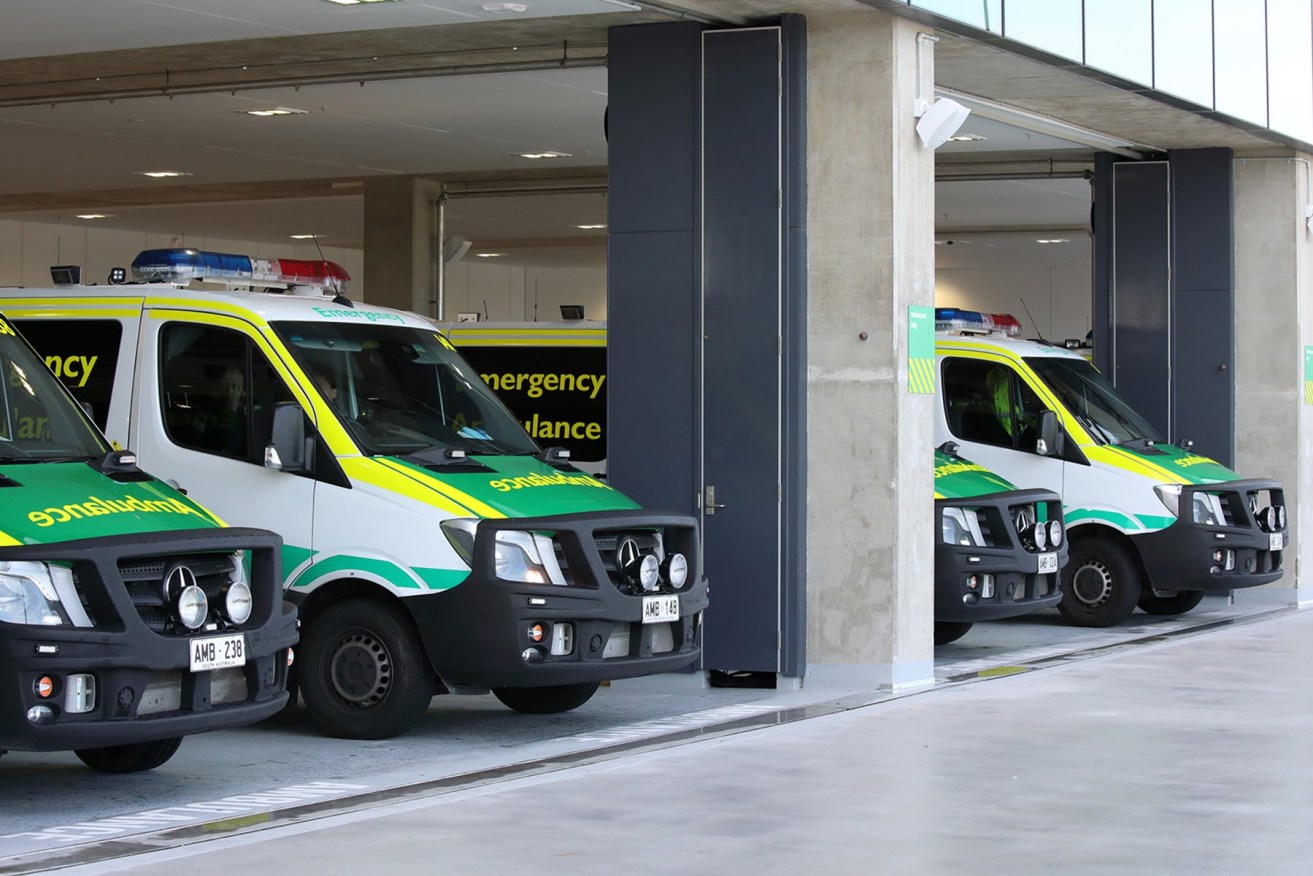FOI reveals plan to slash $154m from SA Health spending
A secret savings plan prepared by consultant firm KordaMentha for SA Health identified up to $154.4 million in savings through cuts to staff numbers, mental health and elective surgery.

Photo: Tony Lewis/InDaily
The document, obtained via a freedom of information request by the South Australian Salaried Medical Officers Association (SASMOA), confirms that KordaMentha was engaged to develop a plan for cuts for the Central Adelaide Local Health Network (CALHN).
The 122-page report, completed in March 2021, confirms that “KordaMentha worked closely with CALHN executive and management to identify the suite of Tranche 2 performance improvement initiatives”, after being tasked to identify $70 million in savings.
The existence of the document was reported by InDaily in May 2021, with Labor posting the issue on social media but having to retract it after the Marshall Government complained to the Electoral Commissioner.
In the report, sixteen initiatives were proposed by KordaMentha including:
- To deliver outpatients services “strictly to commissioned activity cap” to save up to $31 million
- To “rationalise non-clinical workforce” via targeted and detailed reviews of permanent roles and roll-off fixed term contracts, to save up to $13.8 million
- To reduce “medical labour for outlier units”, and targeted reduction in use of medical locums, saving up to $11 million
- To cease undertaking of all “limited clinical value procedures”, potentially including sleep apnoea surgery, knee arthroscopies, colonoscopies, saving up to $6 million
- To enforce “strict adherence to Nursing Hours per Patient Day (within tolerance range)”, and a 50 per cent reduction in “excess nurse specials” within acute and urgent care, and neurology and rehabilitation, saving $8 million
- To “realign” mental health services, including cuts to staff and available beds, saving up to $9.6 million
- To cut diagnostic testing cost overruns through “cost recovery, private billing, process redesign, and price negotiations”, saving up to $12.9 million.
Sites including for ophthalmology, gynaecology, the pregnancy advisory centre, genetics, palliative care and geriatrics were considered for outsourcing or consolidation to the Women’s and Children’s Hospital.
The report warned that the plans could result in increased waiting lists, trigger industrial action, and prompt negative media coverage.
Opposition health spokesman Chris Picton told InDaily the plan was “a recipe for cuts and disaster in the health system” that would be likely to impact on “thousands of South Australians” at a time that ramping is already at record levels.
“It reveals a litany of cuts to doctors, nurses, elective surgery, outpatients, consolidation of patients,” he said. “There’s consideration of privatising ophthalmology, closing the pregnancy advisory service … cutting eight mental health inpatient beds, dozens of doctors and nurses.”
Premier Steven Marshall this morning told reporters the plan was no longer relevant.
“When we came to government, we wanted to improve the performance of the Central Adelaide Health Network, particularly the Royal Adelaide Hospital,” he said.
“The cost of operating that facility was completely disproportionate compared to elsewhere in SA per bed, so there were some tasks set, but this must be going back three, four, five years now.”
Picton rejected the idea the report was no longer relevant.
“This report was prepared just 11 months ago and is very contemporaneous — it happened a year after the pandemic started,” he said.
In a statement Health Minister Stephen Wade told InDaily Labor is “fixated by fear mongering that is completely refuted by the reality.”
“The fact is that there is a significantly larger health workforce in South Australia than there ever was under the former Labor Government, and we are growing SA Health even further to support the state’s COVID-19 response,” Wade said.
“Our last budget delivered a record $7.4 billion investment in health and there are more doctors, nurses and ambulance staff in South Australia than ever before.”




